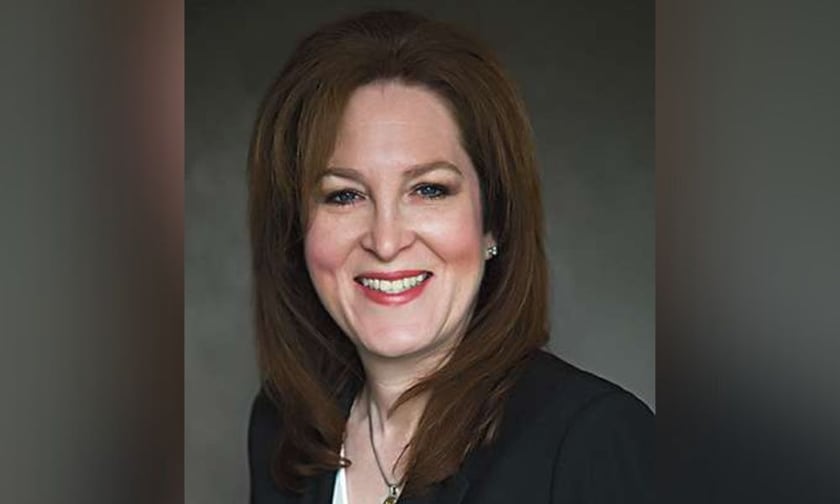

The COVID crisis proved an incubator for discussions about the shifting health and wellbeing landscape, with predictions abounding about what the workplace of the future might look like and what the workforce of the future should expect from their employers.
In a post-COVID landscape, health insurance premium pressures and the rapid advancements of new technology are creating demand for preventative solutions – and a more holistic approach to wellbeing. But what role do insurance companies have to play in bridging the gap between where we are today and meeting the needs of the workforce of the future?
The concept of health has evolved significantly in recent years and with that, the understanding that wellbeing is not limited to physical health but rather encompasses every facet of human life. It’s an evolution Wendy Sherry (pictured), CEO of Cigna’s Global Health Benefits business, who has served the firm for 25 years in a variety of roles, has seen first-hand. “The way we think about healthcare has fundamentally changed over the time since I started my career to where we are now,” she said. “That evolution is the move from what I’d refer to as ‘sick care’ to moving to being focused on whole person life and vitality.”
At its core, vitality means taking a multi-dimensional view of health and wellbeing that recognises that an individual’s ability to thrive goes beyond just physical health. Mental wellbeing is one critical aspect, but there’s also freedom from financial pressures, intellectual pursuits, and access to support for the wider family. Vitality is a critical aspect of an individual’s overall health and their capacity to be engaged and productive, both individually and in an organisational setting.
Sherry noted that the global workforce is increasingly looking to its employers to help them become more healthy, more vital and more present for the “moments that matter”. They want access to programs that will provide holistic support. And organisations need to recognise the critical importance of making the right investments in their talent because people are, and will remain, their most important resource. A recent study carried out by Cigna revealed that when employees have higher vitality, they are more engaged, more productive and bring more energy to their workplace – which translates to better bottom-line business results.
The study also revealed that high vitality is intrinsically linked to an individual’s overall health due to the development of healthier habits and a healthier mindset. As a result, individuals take fewer sick days and develop fewer chronic conditions which leads to lower healthcare costs for employers. “Our research showed that the workplace itself can play a vital role in people’s vitality,” Sherry said. “People want to feel more connected to purpose, to have a sense of belonging and to buy into the mission of a company.”
Creating tailor-made programs can only be achieved by insurance providers and employers working hand-in-hand with their brokers to ensure that a business’s requirements are being translated clearly and matched with the right bespoke solutions. This is particularly relevant in the context of today’s globally mobile workforce. “Our globally mobile population comes with unique needs, in terms of individuals moving themselves and their families,” she said. “That comes with an ever-changing legal and compliance landscape so you need to ensure you’re working with a broker who has expertise in this globally mobile space.”
Sherry highlighted that it is brokers who understand the nuance of their clients’ businesses and the need to work with compliant partners. Over the last five years or so, she said, she has seen that more and more broking houses are developing centres of excellence in recognition of the unique needs of this population. “The centres of excellence we’ve seen form over the last five years are also a great avenue for us to continually solicit feedback,” she said. “So, we regularly meet with our brokers, both individually and in group settings, because that’s what helps inform where we’re going to invest and continue to drive innovation.”
